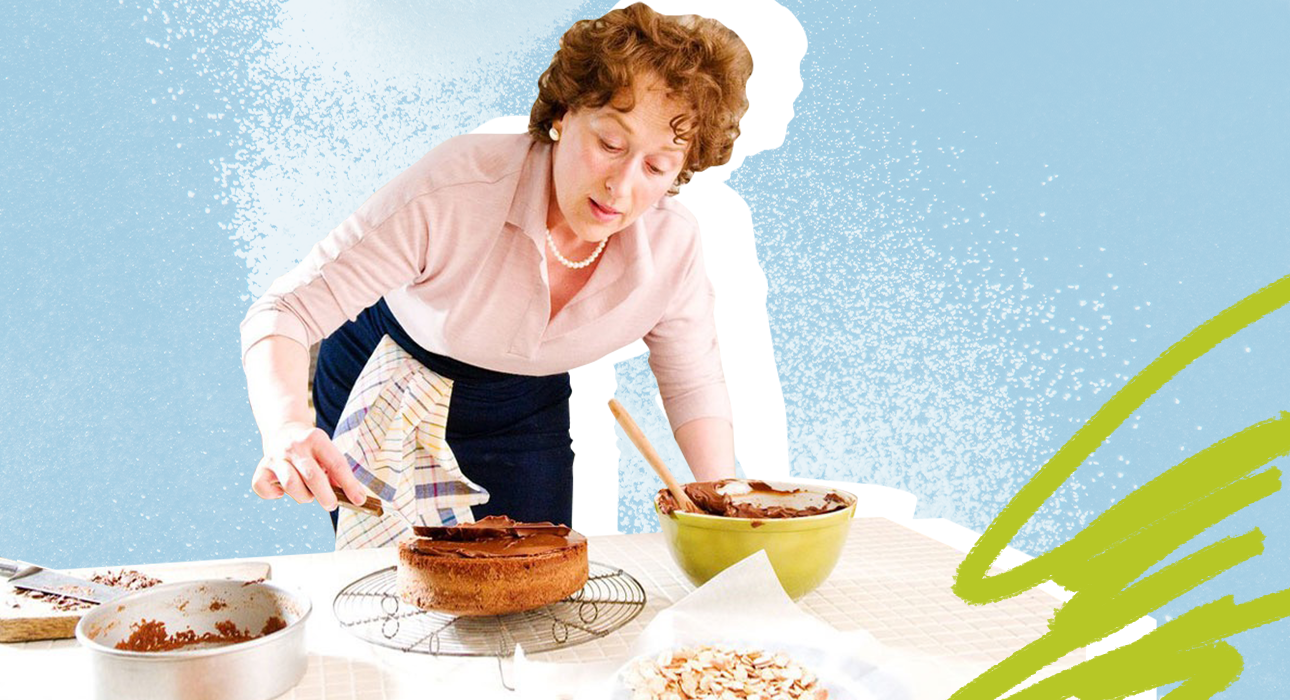Dear reader, we present to you our new columnist Inessa Tsarkova!
Inessa is an active nutritionist, gastroenterologist, therapist, naturopath and aromatherapist, health coach, integrative medicine doctor with a holistic approach. And now, once a week, she will share with us her knowledge on both physical and mental health, nutrition and much more.
We have already told you how to improve your health and cope with cramps in the body during the virus period, and today we will discuss an important topic – flour and baking.

Inessa Tsarkova
When we are sad or lonely, when there is not enough love or attention, we often crave flour… After all, strong neural connections and associations are formed in our subconscious even in childhood: “When I eat my grandmother’s pies or my mother’s charlotte, I feel that they care about me and love me. I know, my heart is calming and warming.
Now that we are adults, we often want to eat baked goods and flour due to the lack of joy and happiness hormones.
Another reason for the irrepressible desire to eat some kind of “donut” is the “commands” of microscopic inhabitants (harmful microflora, fungi and parasites) who always live inside us and know how to influence the brain, secreting special substances when hungry. . Therefore, it is important to monitor your microbiota by feeding on more beneficial microbes.
Also, the reason for the love of flour and baked goods may be hidden in deep deficiencies of vitamins or proteins, unbalanced nutrition and lack of energy (for example, frequent stress and lack of sleep).
How to be?
The most important thing is to understand the reasons for such appetites and be more conscious of the choice of products and their composition.
- Make your diet more balanced and nutrient-dense.
- Increase the number of beneficial microbes so that our brain “hears” their “commands”, and gradually increase the amount of fiber and resistant starch they love.
- Show yourself care and love, for example, by getting enough sleep, self-massage, or spa treatments at home.
- You can also learn to cook healthy “snacks” for yourself and treat yourself and your family to them from time to time.

The healthiest alternative to wheat flour
millet flour
Millet is the seed of millet. Small round yellow grains that my grandmother used to feed her chickens when she was a child. Despite their similar names, millet and wheat are different plants. And unlike the latter, millet and dishes made from it contribute to a slim figure and healthy body. Contains starch that is resistant to beneficial microbes. This type of starch is not absorbed by our body, but is fermented by beneficial microflora, improving the condition of the digestive tract and immune system. It also does not contain gluten (which is harmful to the intestinal walls) and has a low glycemic index (good for blood sugar levels). It contains a lot of nutrients, fiber, vitamin K, valuable and missing ones – magnesium and selenium. In addition, this flour, unlike others, contains many healthy fatty acids that are necessary for energy production, our cell membranes and immunity.
tapioca flour
This flour is made from the root of the cassava plant. It is also loved by beneficial bifidum and lactobacilli. It is nutritious, easily absorbed by the body and provides satiety for a long time. It also does not contain gluten and other lectins (sticky bombs found in grains and legumes that plants produce to protect their seeds). It contains a lot of choline and other B vitamins that are useful for the nervous system, especially for the formation of the myelin sheath of nerve fibers.
In addition, phosphorus and calcium, which are necessary both for the skeletal system and as a buffer to maintain acid-base balance.
Green Banana Flour
This is a new super food that has emerged recently in our country. It is made from a special type of banana called plantain, which is classified as a “vegetable”. It also contains high levels of resistant starch for beneficial microflora and is gluten-free. Rich in vitamins A and E, calcium, potassium and magnesium, as well as B vitamins, this flour is beneficial not only for the immune system, but also for the skin and hair.
By the way, pastries made from banana flour will pleasantly surprise you with their airiness and lightness.
coconut flour
Flour is made after obtaining oil and milk from coconut pulp. Thus, after reducing the amount of fat, it becomes less caloric, but at the same time retains its beneficial properties. It contains a lot of protein, potassium and choline. This flour is very rich in fiber (it has four times more than even oat bran). And fiber cleanses the intestines well, removing toxins and lowering cholesterol levels by absorbing it and other excess fats in the intestines. Thus, it promotes slimming and is beneficial to the health of the heart and blood vessels. When kneading the dough, it is better to take into account that since it is completely dehydrated, it absorbs a lot of water, and therefore it is better to mix it with other flour.
almond flour
Cooking from it turns out to be tastier than from wheat. Perhaps this is why macarons, one of the most famous French desserts, are made from this flour. Almond flour contains lots of protein, healthy fats and vitamin E, a powerful antioxidant, which is important for maintaining youthful skin and healthy blood vessels. It is also valuable due to its mineral composition (it contains plenty of silicon, cobalt and manganese) and the fact that it does not contain gluten. This flour gives baked goods a characteristic nutty taste, which makes them even more appetizing. It can be combined with almond flour, flax or green buckwheat flour to reduce calories and cost.
Source: People Talk
Errol Villanueva is an author and lifestyle journalist who writes for The Fashion Vibes. With a passion for exploring the latest trends in fashion, food, travel, and wellness, Errol’s articles are a must-read for anyone interested in living a stylish and fulfilling life.





